Who is the pilot in command of your aircraft?
Air Facts
FEBRUARY 10, 2025
Navigate also means managing weather, because thats often the biggest challenge on an IFR flight. We no longer need to worry about identifying VORs and dialing in the right radial, but we do need to worry about that thunderstorm sitting right on top of our direct route or the low ceiling at our destination. Is it all worth it?

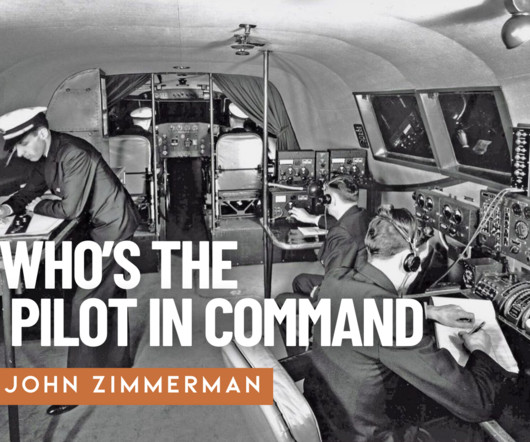

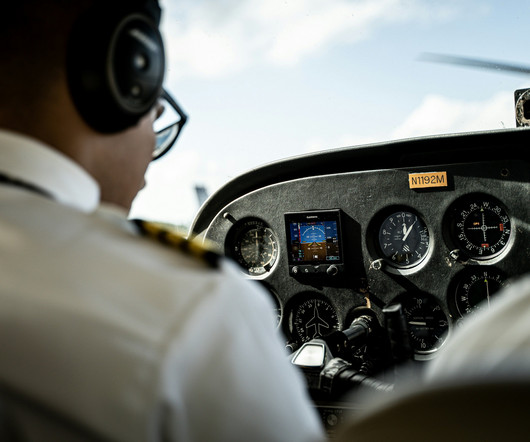


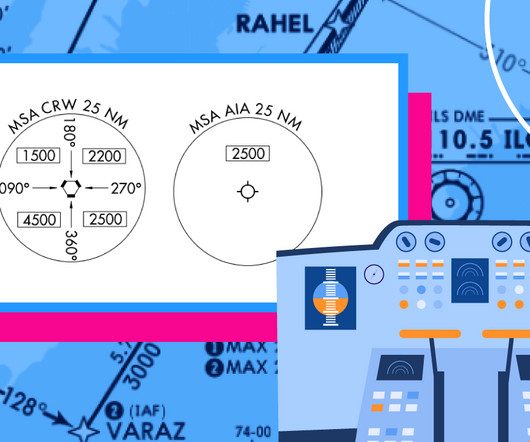
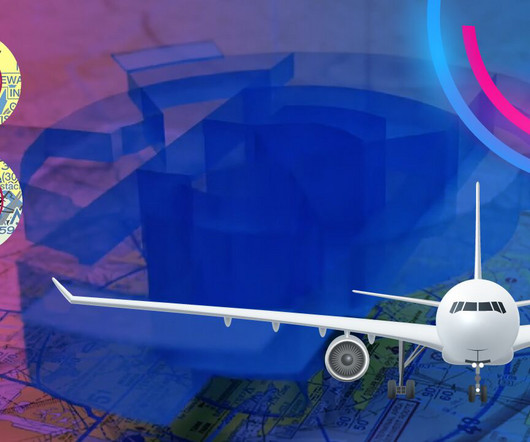
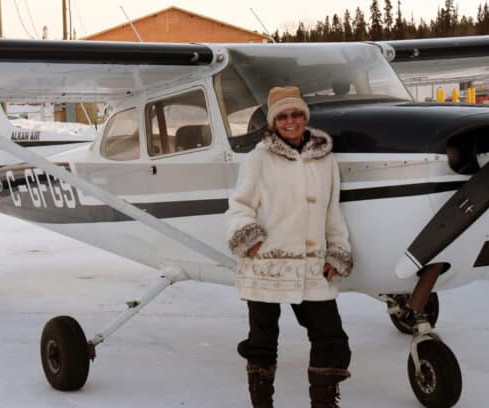








Let's personalize your content